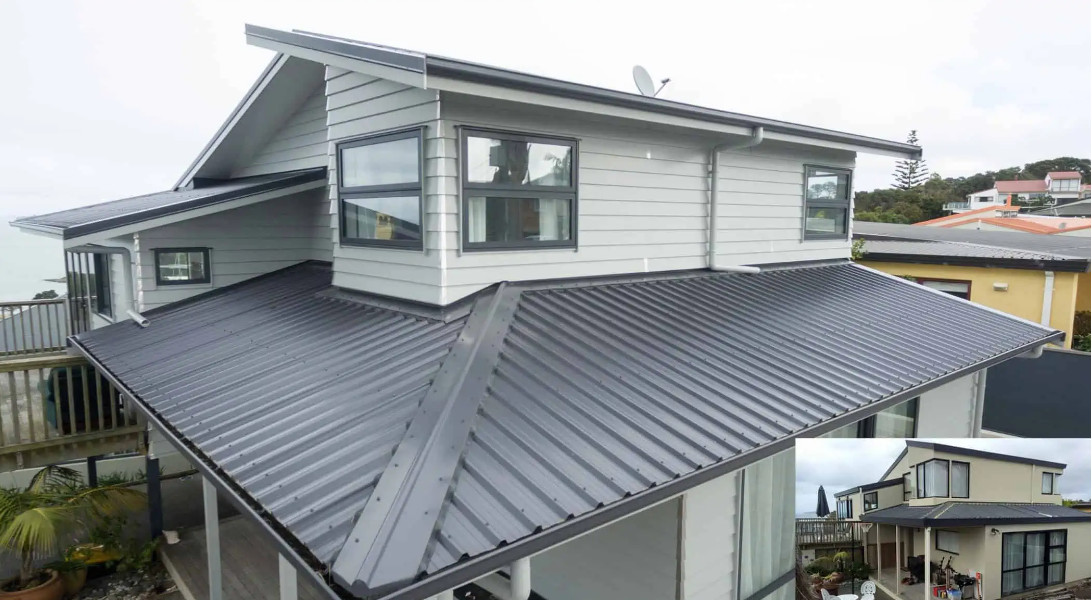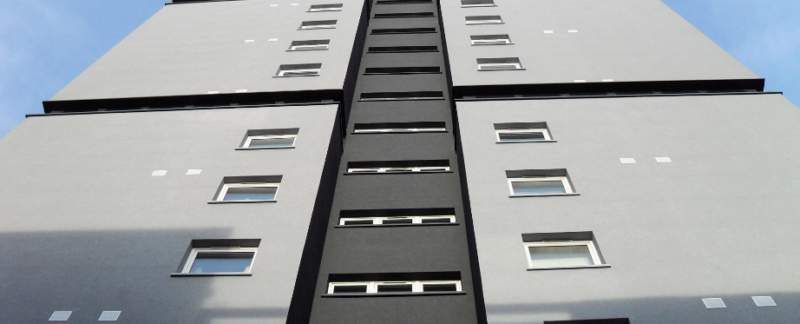In home renovation, professional recladding in North Shore involves replacing the exterior cladding of a building with new materials. The aim therefore is to improve its appearance and performance. Many buildings are in need of recladding due to the age of the buildings, code compliance, or weather damage.
Recladding is a complex and expensive process, but it can also be an opportunity to improve the building’s energy efficiency. There are many factors to consider when planning a recladding project. Done right, it can reduce carbon footprint and enhance indoor air quality. Here are some considerations for eco-friendly recladding.
-
Energy Efficiency
Recladding can improve the building’s energy efficiency by reducing heat loss and cooling needs. Insulated cladding materials and double-glazed windows can help reduce energy bills. Natural ventilation and shading can reduce the need for air conditioning.
-
Materials
The selection of cladding materials is crucial for the eco-friendliness of the building. Recycled materials, such as recycled plastic and wood, can reduce the environmental impact of the building. Natural materials, such as stone, wood, and clay, can also be used to create an environmentally friendly building.
-
Indoor Air Quality
Recladding can also improve indoor air quality by using materials that are free of volatile organic compounds. VOCs are harmful chemicals that are released from building materials and can cause indoor air pollution.

-
Water Efficiency
Recladding can improve water efficiency by installing rainwater harvesting systems and low-flow toilets and showerheads. It helps reduce the amount of water used, saving money on bills and reducing the environmental impact of the building.
-
Waste Management
Home recladding north shore can also involve the removal of old materials and the installation of new materials. The waste generated from the process can be managed in an eco-friendly way by using recycling and composting facilities.
-
Renewable Energy
Recladding can also involve the installation of renewable energy systems, such as solar panels and wind turbines, to reduce the building’s carbon footprint.
-
Energy Monitoring
Recladding can also involve the installation of state-of-the-art, low-maintenance energy monitoring systems. The aim of this is to track the building’s energy use and identify areas where energy efficiency can be improved.
Conclusion
Recladding in North Shore is an opportunity to improve the environmental impact of a building. By making informed decisions about these factors, homeowners and occupants can create a more sustainable and environmentally friendly future.





